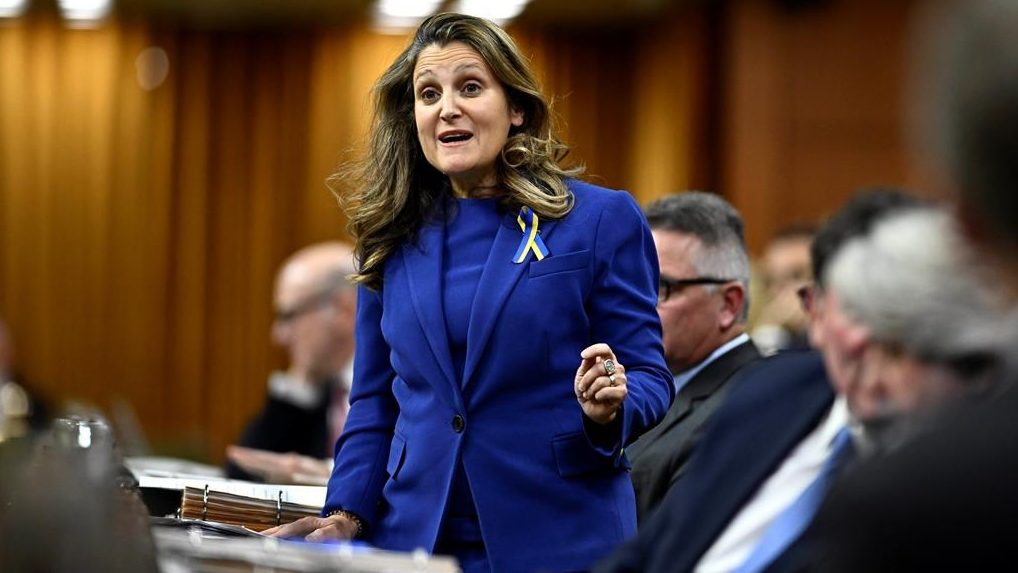Metis, non-status Indians declared ‘Indians’ under Constitution Act: court
Posted January 8, 2013 10:12 am.
This article is more than 5 years old.
The federal government’s responsibilities for aboriginal peoples just got a whole lot bigger.
After more than 13 years of legal wrangling, the Federal Court ruled on Tuesday that Metis and non-status Indians are indeed “Indians” under a section of the Constitution Act, and fall under federal jurisdiction.
The decision helps to clarify the relationship between Ottawa and the more than 600,000 aboriginal people who are not affiliated with specific reserves.
“The recognition of Metis and non-status Indian as Indians under section 91(24) should accord a further level of respect and reconciliation by removing the constitutional uncertainty surrounding these groups,” writes Federal Court Judge Michael Phelan.
While the decision does not go so far as to declare that the federal government has a fiduciary responsibility to the group, it says such duties would flow automatically now that their standing has been clarified.
“There is no dispute that the Crown has a fiduciary relationship with aboriginal people both historically and pursuant to section 35 (of the Constitution),” Phelan writes.
However, he adds: “That duty is not an open-ended undefined obligation but must be focused on a specific interest.”
The Congress of Aboriginal Peoples and several Metis and non-status Indians took the federal government to court in 1999 alleging discrimination because they are not considered “Indians” under a section of the Constitution Act.
They argued they are entitled to some or all of the same rights and benefits as on-reserve First Nations members.
They say that includes access to the same health, education and other benefits Ottawa gives status Indians; being able to hunt, trap, fish and gather on public land; and the ability to negotiate and enter treaties with the federal government.
The congress and the Metis and non-status Indians involved in the case alleged in court documents that they’ve been the victims of “deprivations and discrimination” by the federal government.
The decision is widely expected to be appealed, and the federal government’s reaction on Thursday suggested it was contemplating taking another go at it.
“We are reviewing the court’s decision to determine the next steps,” said Jan O’Driscoll, spokesman for Aboriginal Affairs Minister John Duncan.
“Our government continues to work in partnership with all aboriginals across Canada to address shared priorities such as education, economic development and jobs.”
He noted that the Federal Court said its decision is not about “the interpretation or application of particular rights either under the Constitution or under specific agreements, nor is it about aboriginal rights.”
In other words, the court did not get specific about what the federal government should actually do now that Metis and non-status Indians fall into the broader category of “Indians.”
“The court is not prepared to make some general statement concerning fiduciary duty,” Phelan’s ruling states.
“Given the declaration of right in respect of section 91(24), one would expect that the federal government would act in accordance with whatever duty arises in respect of any specific matter touching on the nonclarified fiduciary relationship.”
Phelan plowed through constitutional and aboriginal history going back to before Confederation to come to the conclusion that Metis and non-status Indians should actually be considered Indians under modern law.
The case for Canada’s 400,000 non-status Indians was more clear-cut than the case for the 200,000 Metis, but on balance, historical evidence weighs in favour of the Metis too, he wrote.










